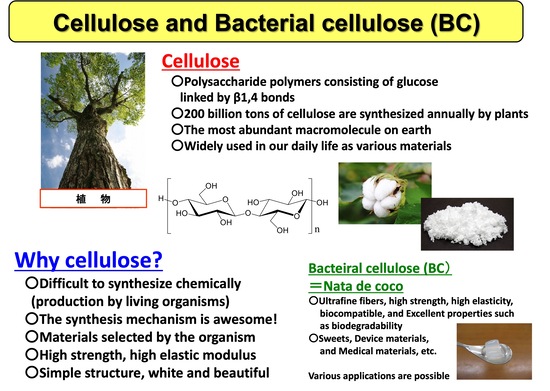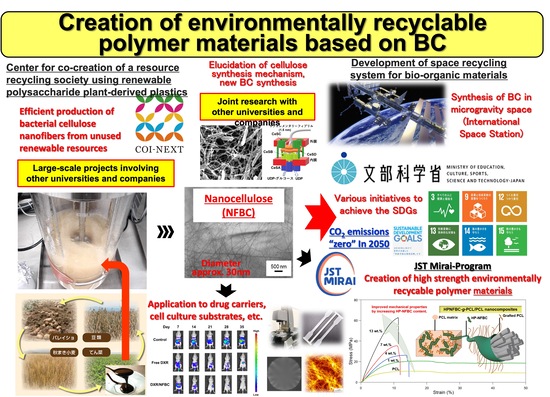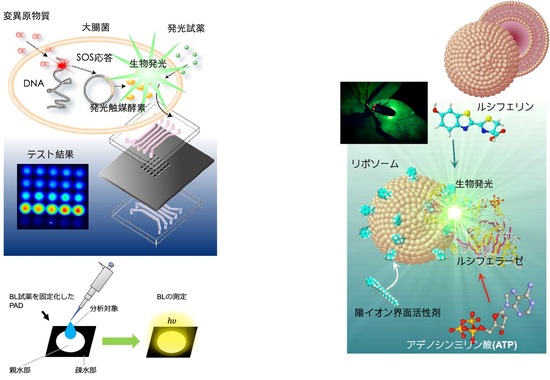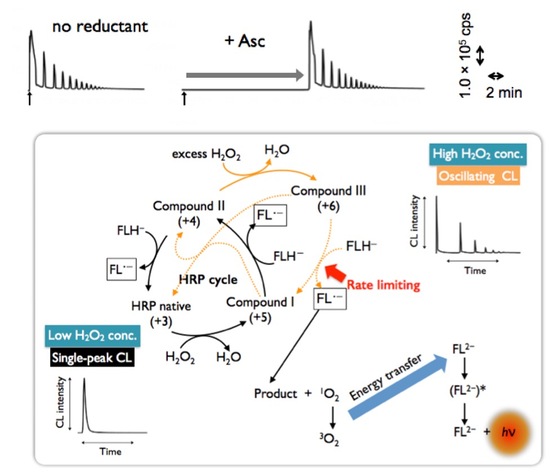Theme01:Creation of environmentally recyclable polymer materials based on BC

Cellulose is the most abundant macromolecule in nature, with an estimated annual production on earth of 200 billion tons, dozens of times the annual grain production. Cellulose is a linear polymer (polysaccharide) of β1,4-linked glucose produced by photosynthesis in plants using carbon dioxide in the atmosphere as a raw material, and is a very strong material. Cellulose itself is used in paper and clothing, and its derivatives are used in various applications such as thickeners, filters, and liquid crystal panels. Cellulose cannot be chemically synthesized and is mostly synthesized by plants, but it is also known to be synthesized by bacteria, algae, molds, and animals (ascidians). Cellulose synthesized by bacteria is called bacterial cellulose (BC), which has a unique structure and properties different from those of plant-derived cellulose, and its application to various materials has been investigated or put to practical use.

Figure 2. Creation of environmentally recyclable polymer materials based on BC
In our laboratory, we focus on cellulose produced by bacteria and conduct research to create various functional polymers.
Click the following link to the article
Article 1(Cellulose-synthesizing machinery in bacteria)
Article 2(One-Step Production of Amphiphilic Nanofibrillated Cellulose Using a Cellulose-Producing Bacterium)
Article 3(Therapeutic efficacy of a paclitaxel-loaded nanofibrillated bacterial cellulose (PTX/NFBC) formulation in a peritoneally disseminated gastric cancer xenograft model)
Article 4(Improving the mechanical properties of polycaprolactone using functionalized nanofibrillated bacterial cellulose with high dispersibility and long fiber length as a reinforcement material)
Article 5(Biofabrication of a Hyaluronan/Bacterial Cellulose Composite Nanofibril by Secretion from Engineered Gluconacetobacter)


